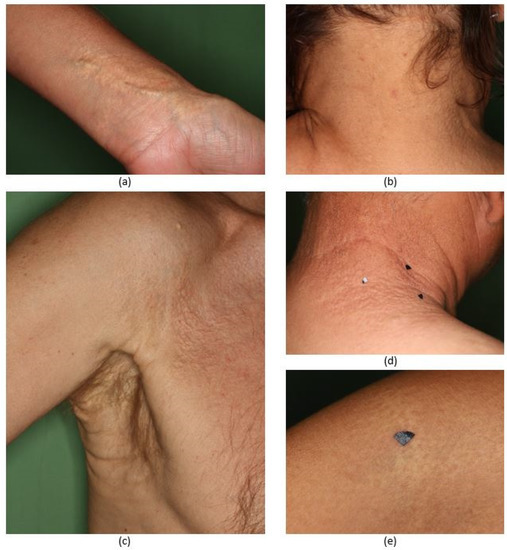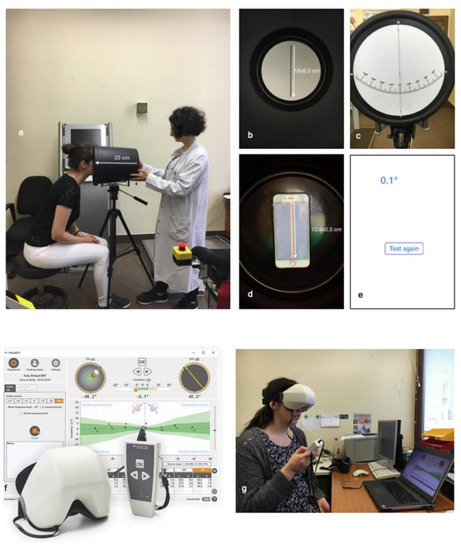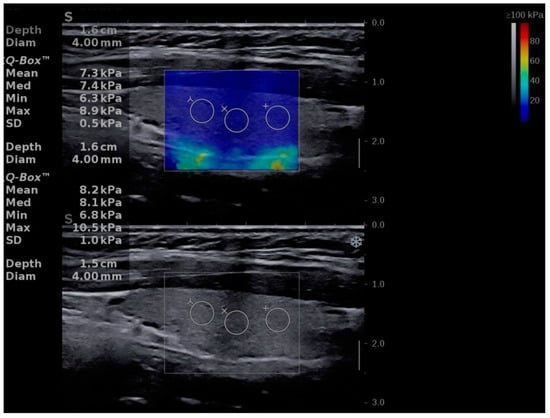Diagnostics 2021, 11(2), 261; https://doi.org/10.3390/diagnostics11020261 - 8 Feb 2021
Cited by 5 | Viewed by 2546
Abstract
Background: Concerns are arising about the simultaneous occurrence of the coronavirus disease 2019 (COVID-19) pandemic and the influenza epidemic, the so-called “twindemic”. In this study, we compared clinical characteristics and chest images from patients with COVID-19 and influenza. Methods: We conducted a case-control
[...] Read more.
Background: Concerns are arising about the simultaneous occurrence of the coronavirus disease 2019 (COVID-19) pandemic and the influenza epidemic, the so-called “twindemic”. In this study, we compared clinical characteristics and chest images from patients with COVID-19 and influenza. Methods: We conducted a case-control study of COVID-19 and age- and sex-matched influenza patients. Clinical characteristics and chest imaging findings between patients with COVID-19 and matched influenza patient controls were compared. Results: A total of 47 patients were enrolled in each group. Anosmia (14.9%) and ageusia (21.3%) were only observed in COVID-19 patients. There were 31 (66%) and 23 (48.9%) patients with COVID-19 and influenza who had pulmonary lesions confirmed by chest computed tomography (CT), respectively. The interval between symptom onset and pneumonia was significantly longer in patients with COVID-19. Round opacities were more common in images from COVID-19 patients (41.9% vs. 8.7%, p = 0.007), whereas pure consolidation (0% vs. 34.9%, p < 0.001) and pleural effusion (0% vs. 17.4%, p = 0.028) were more common in images from influenza patients. Notably, the difference in the number of involved pulmonary lobes observed on CT and pulmonary fields observed on radiographic images was significantly higher in COVID-19-associated pneumonia than that in influenza-associated pneumonia (2.32 ± 1.14 vs. 1.48 ± 0.99, p = 0.010). Conclusions: Chest images and thorough review of clinical findings could provide value for proper differential diagnoses of COVID-19 patients, but they are not sufficiently sensitive for initial diagnoses. In addition, chest radiography could underestimate COVID-19 lung involvement because of the lesion characteristics of COVID-19-associated pneumonia.
Full article
(This article belongs to the Special Issue Imaging of Infections and Inflammatory Diseases)











